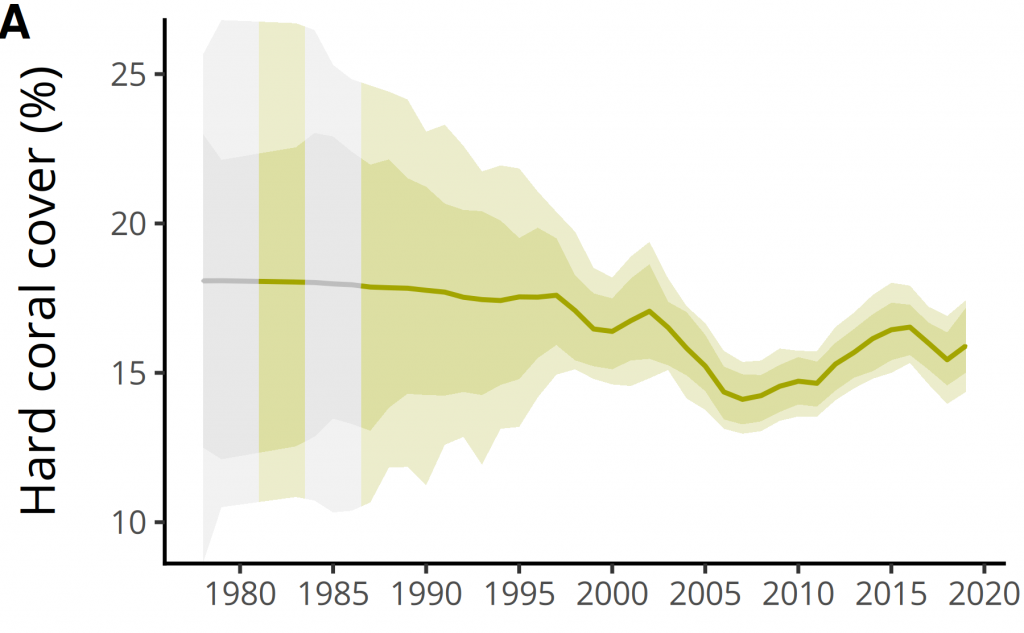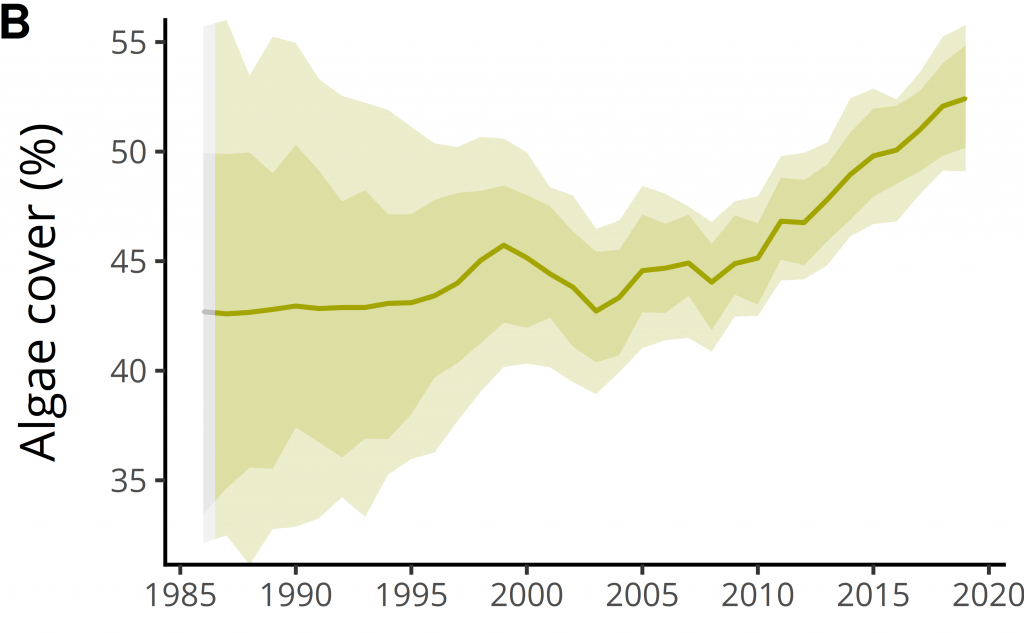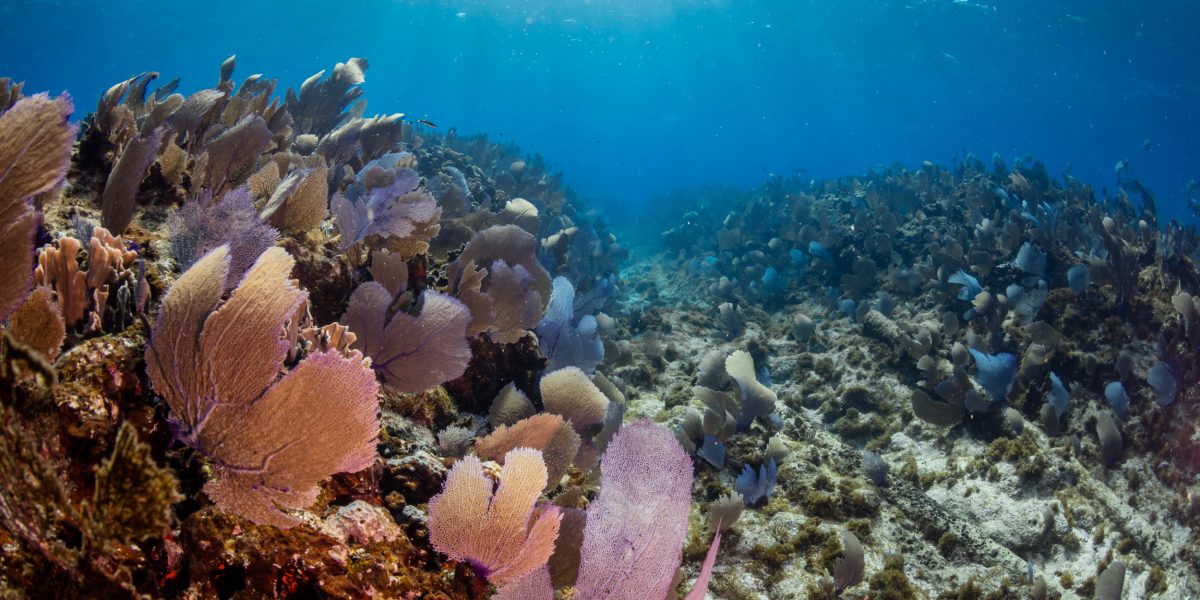
Antigua and Barbuda, Aruba, Bahamas, Barbados, Belize, British Virgin Islands, Colombia, Costa Rica, Cuba, Curaçao, Dominica, Dominican Republic, Grenada, Guadeloupe, Guatemala, Haiti, Honduras, Jamaica, Martinique, Mexico, Montserrat, Nicaragua, Panama, Puerto Rico, Saint Kitts and Nevis, Saint Lucia, Saint Vincent and the Grenadines, Trinidad and Tobago, US Virgin Islands, Venezuela.
Melanie McField
Co-Chair, Caribbean Steering Committee, and Founder and Director of the Healthy Reefs for Healthy People Initiative (HRI)
Auriane Petit
Marine Ecosystems and Protected Areas Project Officer, SPAW RAC
Auriane.petit@developpement-durable.gouv.fr
The Caribbean Region represents only 1% of Earth’s marine environment, but hosts 10% of the world’s coral reefs, including fringing reefs, which are most common; barrier reefs such as the Mesoamerican Reef, which is the largest barrier reef in the Western Hemisphere; bank reefs; patch reefs; and a few atolls.
Since its revitalisation and strengthening in 2014, the GCRMN-Caribbean has been making sustained efforts to ensure the collection of useful and accessible data that can effectively reveal the status and trends of the coral reefs in the Wider Caribbean Region. The GCRMN-Caribbean promotes an integrated approach with socioeconomic data, and create a regular, robust and strategic reporting to influence coastal management decision-making at the regional level, and guide management at the local level.
Join the network and access the dedicated forum by completing the following online form : https://forms.gle/6E1v1rjGJHrraS6Y7
The GCRMN-Caribbean is led by a Steering Committee (SC) composed of fifteen regional experts, assisted by members-at-large. The members of the SC represent a variety of technical, scientific, and policy expertise. They include both institutional and individual representation.
The SC is co-chaired by the Regional Activity Center for the Specially Protected Areas and Wildlife Protocol (SPAW-RAC) under the Cartagena Convention and the UN Environment – Caribbean Environment Programme (UN Environment – CEP).
The members-at-large are individuals to whom the SC can turn to for technical advice and support for the implementation of specific actions, and who are kept informed of the activities and deliberations of the network. The members-at-large are regionally and gender balanced and include members of key regional organisations.
Follow the Network on Facebook here.
(i) Marine Ecoregions of the World (MEOW) is a biogeographic classification of the world’s coasts and shelves (Spalding et al., 2007).



An operational network of:
![]() The International Coral Reef Initiative (ICRI) is a proactive partnership between Nations and organisations which strives to preserve coral reefs and related ecosystems around the world. GCRMN is an operational network of ICRI, acting as one of its implementing arms.
The International Coral Reef Initiative (ICRI) is a proactive partnership between Nations and organisations which strives to preserve coral reefs and related ecosystems around the world. GCRMN is an operational network of ICRI, acting as one of its implementing arms.
The International Coral Reef Initiative (ICRI) is a proactive partnership between Nations and organisations which strives to preserve coral reefs and related ecosystems around the world. GCRMN is an operational network of ICRI, acting as one of its implementing arms.
Global Coral Reef Monitoring Network (GCRMN) | © 2022 All rights reserved | Powered by piknetart